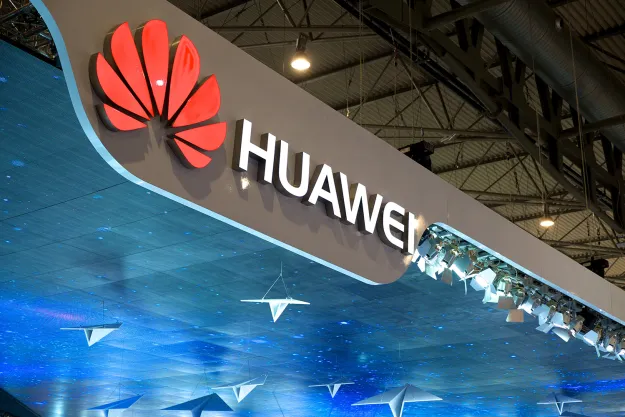Samsung-owned Harman and automaker BMW remain on track to launch the first series-produced, 5G-enabled car in July 2021. This technology is no longer merely the stuff of CES dreams: As of this writing, it’s less than six months away from showrooms near you.
Simply embedding a 5G connection into a car represents a massive challenge, though it’s one engineers and designers solved together. BMW’s electric iX SUV will inaugurate the technology. It wears an unabashedly futuristic design, but nothing about it screams “look, I’m 5G-connected!” when you see it. It’s all under the sheet metal. But is it in the air around us yet? Digital Trends sat down with Vishnu Sundaram, Harman’s senior vice president of telematics and 5G solutions, to get the lowdown on what still needs to happen before motorists can unlock 5G’s full potential.
Finding connections
Even the most advanced 5G architecture is perfectly useless if it can’t connect to a network. And, if you’ve ever driven across America, you know there are areas where network coverage is spotty at best and nonexistent at worst.
“We need to increase the availability of connections. As cars increasingly rely on connected features, interruptions will really break the flow, which will turn away the audience from using them. If you’re, say, streaming a video and it pauses for a few minutes, it’s going to be really frustrating,” pointed out Sundaram. He added that this problem will not disappear overnight, because the quality of a network’s coverage depends on a wide variety of factors.

Harman hopes to at least mitigate these issues with a system called Turbo Connect. It memorizes the network capabilities of every cell tower, so it knows if you’re about to drive through an area where 5G is an available luxury and reacts accordingly. It can switch between different types of connections, and even between different operators. In addition to letting you watch uninterrupted Friends reruns, this system can save you a substantial amount of money because costs are factored into the equation. If the cost of data is higher near your final destination, four towns over, than in your neighborhood, Turbo Connect can instruct the car to download content (like maps and movies) in the cheaper zone.
Increasing flexibility
Another hurdle standing in the way of widespread 5G adoption is a low take rate among carmakers. Connectivity is a must, but Sundaram explained that some companies don’t want to invest in
Harman hopes to give manufacturers the flexibility of choosing when they make 5G available across a given model line by offering a 4G solution that can be quickly upgraded to
Creating incentives
If you mostly drive in cities, you may be one of the last motorists to experience 5G, according to Sundaram. City governments have few incentives to develop the 5G infrastructure, because there are fewer ways for them to make money from it. Companies in the private sector — like those that operate parking garages or highways — can charge more, so they see
From city governments to carmakers, those who invest in 5G will reap the rewards for years to come.
“If you look back, cellular networks have lasted for about two decades. I expect 5G will be relevant for two decades, too. What you will see deployed this year is the first generation of
Editors' Recommendations
- How is 5G helping businesses in the U.S. right now? We asked the experts
- AT&T brings 5G cellular connectivity to Ford F-150 Lightning and production line
- Inside the strange and scammy world of anti-5G accessories
- BMW and Harman want to bring 5G to your car. It’s harder than you’d think
- How Verizon’s Super Bowl demo finally got me excited for 5G



